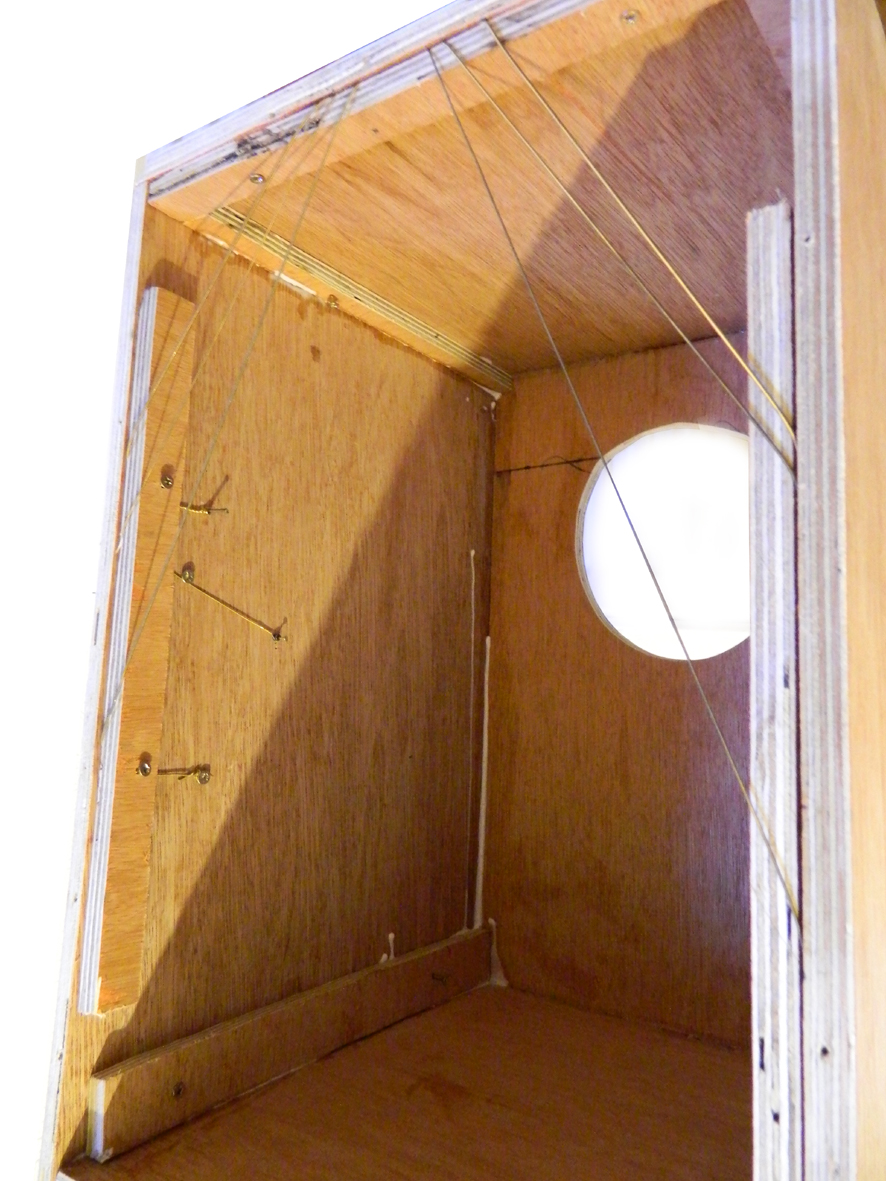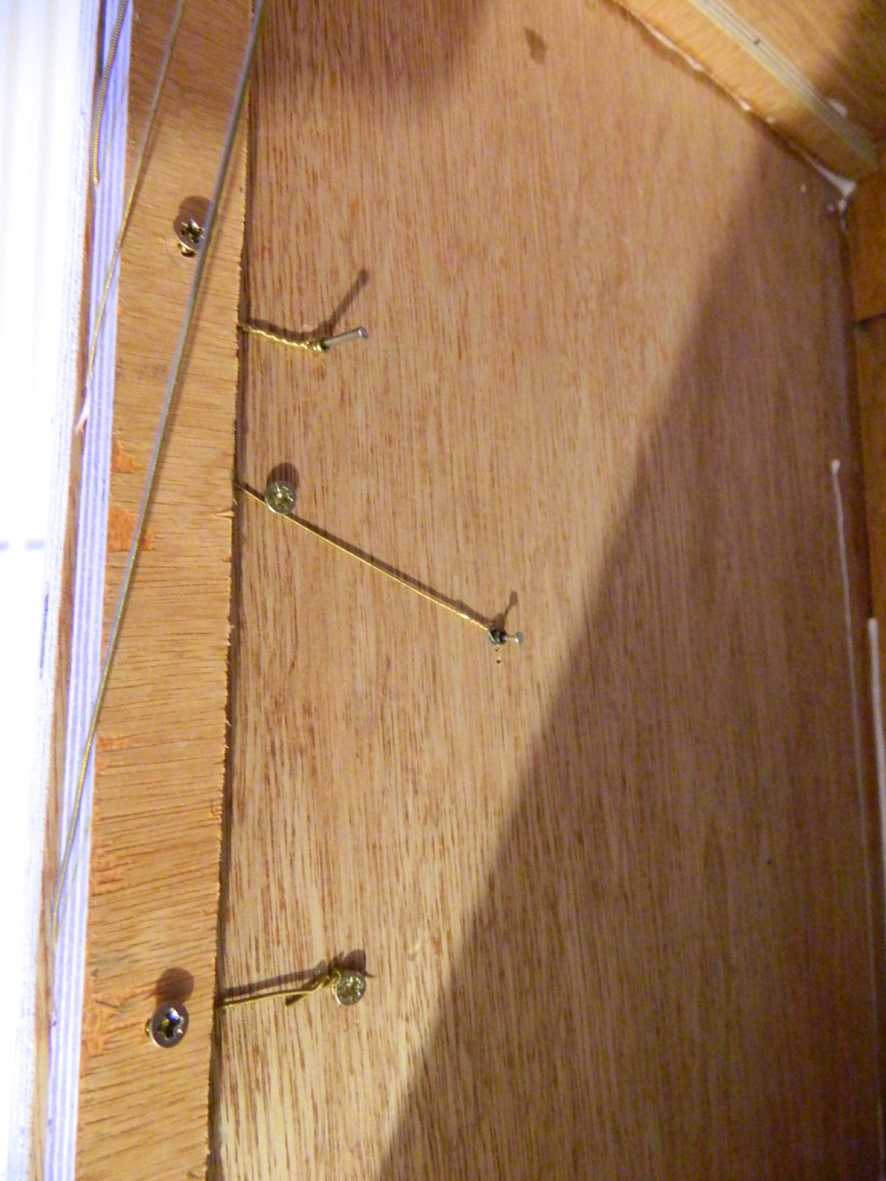|
Steve Wright -> RE: Building a cajon (Jul. 22 2011 21:22:00)
|
I used to think that simply using a tea chest or drawer was the answer, but I tried it and it didn’t quite work. However, anything can be used for percussion, so if you like that sound, then use it.
Notes on making a Cajun
Carry out this work in a box with out reinforcements on its corners.
Sides are 24mm thick and not screwed. The front plate does not need to be glued to the box, it should be screwed. The screws are left out on the top corners. The front plate of the cajon is about 4mm - although it is thin it should be like a paper of tenacity that is able to vibrate with force and response. Through the past various strings have been used, but acoustical an electric guitar strings work best. The best strings are 0.36 or 0.38. You locate 4 strings parallel to the roof of the cajon, the top part, the part we would hit on the cajon to get the higher tones.
The glues used currently in the construction of flamenco cajons are water based, like white carpentry glue. By pressing the joints with clamps while the glue is drying, excess water is pressed out and a stronger, more solid joint will be. The staple is not recommended for pieces that must withstand tension.
Note: It is common to find, even in famous brands of cajones, thread blocks made from strips of pine like you find in do it your self kits. This a wood changes due to the climate, heat and humidity, so don’t use it as it wears and sometimes warps part of the cajon where it is mounted. To find blocks that are more resilient and stable you can take advantage of the scraps of plywood left over from the cajon construction.
If you cant find 24mm ply - Glue 2 pieces of 12 mm plywood together to get a 24 mm thick piece.
Where you play the cajon is important. Bricks and hard wood walls are the best for reflecting the sound back. Pine walls and plaster are not good.
More instructions can be sent to you.
|
|
|
|


